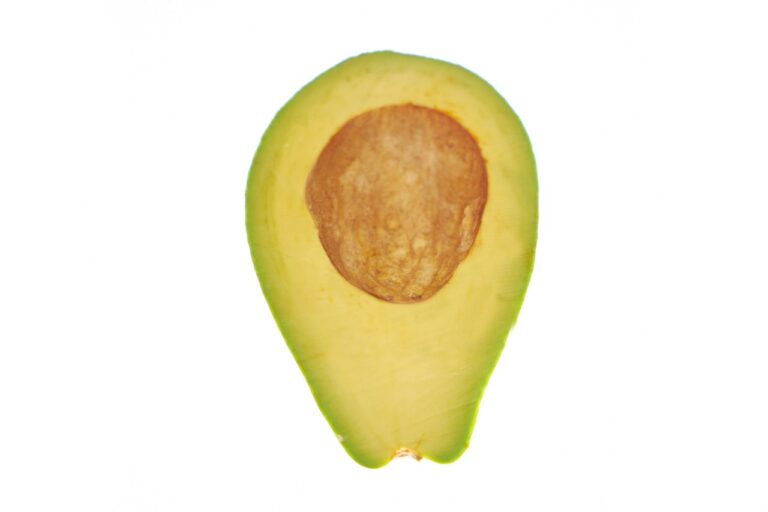The Impact of Precision Agriculture on Nutrition and Food Security
Advancements in technology have significantly transformed the agricultural landscape, particularly in improving crop yields. From precision farming to the utilization of drones and satellite imagery, farmers are now equipped with powerful tools to monitor their crops more effectively and make data-driven decisions. These technologies help farmers optimize resource allocation, reduce waste, and ultimately increase productivity on their fields.
One key aspect of technology in enhancing crop yields is the development of smart irrigation systems. These systems use sensors and data analytics to precisely deliver the right amount of water to crops based on their specific needs. By ensuring that plants receive adequate water without over-irrigation, farmers can prevent water wastage and promote healthier plant growth, leading to higher yields and better overall crop quality.
Advancements in Soil Health Monitoring
Soil health monitoring has evolved significantly in recent years, thanks to advancements in technology. Traditional methods of soil testing used to be time-consuming and only provided limited information. However, with the introduction of innovative tools such as handheld sensors and automated soil sampling devices, farmers can now obtain real-time data on key soil parameters like nutrient levels, pH, and moisture content. This allows for more precise and efficient management of soil health, ensuring optimal conditions for crop growth.
Moreover, the integration of remote sensing technology has further revolutionized soil health monitoring by allowing for large-scale analysis of soil characteristics across fields. Drones equipped with specialized cameras and sensors can capture high-resolution images of the land, enabling farmers to identify areas of interest and assess variations in soil health. By incorporating this data into their decision-making processes, farmers can implement targeted interventions to improve soil quality and maximize crop yields.
Utilizing Data Analytics for Precision Irrigation
Data analytics has revolutionized the way farmers approach irrigation practices. By utilizing advanced technology to collect and analyze data on factors such as soil moisture levels, weather patterns, and crop needs, precision irrigation systems can be optimized for maximum efficiency. This targeted approach allows farmers to minimize water waste and ensure that crops receive the precise amount of irrigation needed for optimal growth.
Furthermore, data analytics enables farmers to make real-time adjustments to irrigation schedules based on up-to-date information, such as sudden changes in weather conditions or fluctuations in soil moisture levels. This level of precision not only helps to conserve water resources but also promotes healthier crop growth and higher yields. By harnessing the power of data analytics for precision irrigation, farmers can increase productivity while minimizing environmental impact.
How can technology help improve crop yields?
Technology such as data analytics and precision irrigation systems can optimize water usage, fertilizer application, and overall resource management to improve crop yields.
What are some advancements in soil health monitoring?
Advancements in soil health monitoring include the use of sensors, drones, and satellite imagery to assess soil moisture levels, nutrient content, and overall soil health.
How can data analytics be used for precision irrigation?
Data analytics can analyze real-time data on weather patterns, soil moisture levels, and crop growth to determine the precise amount of water needed for each area of the field, optimizing irrigation practices.







